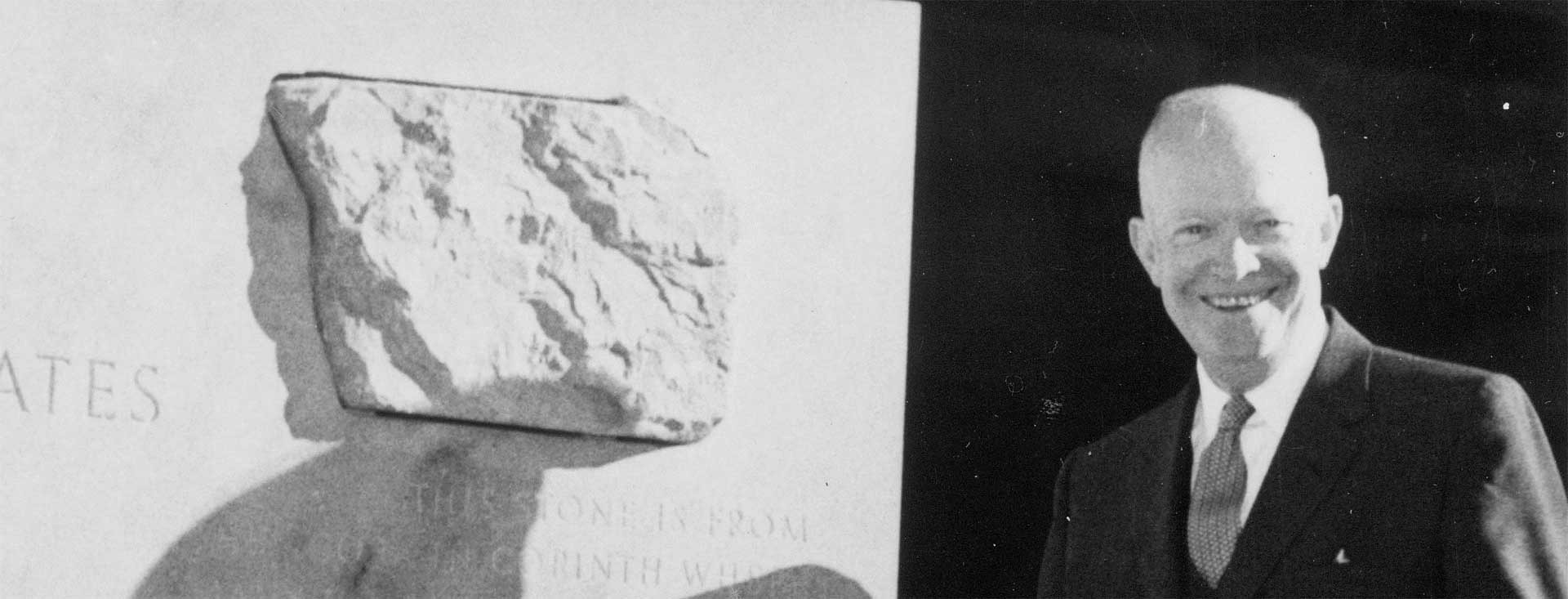The Time Management Matrix
How to Prioritize like Eisenhower and Covey

Eisenhower’s Urgent/Important Framework
The foundations of the method reach back to US president Dwight D. Eisenhower. Eisenhower was famous for his outstanding productivity. In a speech he once said “I have two kinds of problems, the urgent and the important. The urgent are not important, and the important are never urgent.”
This is a common pattern. Think about it for a second. Of all the things you do, how much is urgent? And how much is really important? Important as in “this will help me achieve my long-term goals”. Urgency is loud. It demands focus – takes focus away from other things that might actually be more important.
Steven R. Covey and the Four Quadrants of Time Management
Later these two dimensions, urgency, and importance, were used to create a 2x2 Time Management Matrix. It was most famously popularized by Stephen R. Covey in his book “The 7 Habits of Highly Effective People”.
Quadrant I: Important and Urgent
The top left quadrant screams emergency. Things that cannot be put off. Things that will lead to bad outcomes if ignored. Some examples:
- Finish that budget presentation that is due tomorrow
- Complete your taxes that are due this week
- Fix the water leak
- Extinguish the literal fire
Quadrant II: Important, but not urgent
Many important tasks are actually not that time-critical. They are important because they bring you closer to your goals or improve your well-being. If you don’t do them it will have a profoundly negative impact. But whether you do them now or later does not make much of a difference – provided you do them at all. A few examples:
- All kinds of planning
- Exercise
- That presentation that is due next month
- Downtime
Note that one and the same task can move from Quadrant II to Quadrant I of the Time Management Matrix just by letting time pass. Finishing the presentation that you are going to hold next month is not urgent today. But it will be one month from now. This is how many people get stuck in a fire extinguisher mode. It’s a vicious cycle of focusing on the urgent tasks, not having time to do the important non-urgent task until those become urgent emergency themselves. Rinse, repeat.
Quadrant III: Urgent, but not important
The devil’s quadrant. These tasks feel important because they are urgent, but they aren’t actually that important. They might be necessary, but they aren’t the things that significantly impact your future. They won’t bring you closer to your goals. For example:
- Meetings
- Responding to emails
- Interruptions
Quadrant IV: Not urgent, not important
Activities in the fourth quadrant are time wasters. Still, they manage to creep up. They could be:
- Checking social media
- Busywork
- Finding that perfect filing system although the current one works well
How to Use the Time Management Matrix
Your goal should be to spend as much time as possible in Quadrant II: Important, but not urgent tasks. These are the activities that will bring you closer to your goals. They let you proactively plan your life instead of just having to react to urgent matters.
Avoid spending too much time in Quadrant I (important and urgent) of the Time Management Matrix. These things are important, but constantly putting out fires will leave you stressed and at risk for burnout. You will have to find a way to handle them in Quadrant II before they become urgent. Also avoid spending too much time in Quadrant III (urgent but not important). Otherwise, you will develop a short-term focus and your life seems out of your control. If Quadrant IV (neither important nor urgent) takes up too much of your time, you are basically living irresponsibly and unsustainably.
To focus on Quadrant II, you will need to reduce the time you spend in other quadrants. Begin by minimizing Quadrants III and IV. For Quadrant III activities, ask yourself if they need to be done at all. They are not that important, so maybe it’s all right to just not do them at all. Another common strategy, especially for senior business people, is to delegate these activities to someone else. As for Quadrant IV: Just drop it. It’s neither important nor urgent - why do it at all? Stop idly surfing the web or organizing things that don’t need organizing.
As you invest the time that you recovered from Quadrants III and IV into Quadrant II (important but not urgent) you will spend less and less time in Quadrant I of the Time Management Matrix. You now have time for strategic work, for creating good plans, so your efforts are better targeted. You can take care of important things before they become urgent.
The Time Management Matrix + The 4Ds of Time Management
Another popular time management strategy is the 4Ds of Time Management. Each D stands for:
- Do
- Defer (as in schedule for later)
- Delegate
- Delete / Drop
This maps nicely onto the four quadrants of the Time Management Matrix:
- Quadrant I: Important and urgent => Do right away
- Quadrant II: Important, not urgent => Defer / Schedule when you are going to do it
- Quadrant III: Not important but urgent => Delegate to someone else
- Quadrant IV: Neither important nor urgent => Drop it
An App to Focus on Quadrant II
Our time management app Focality helps you to give Quadrant II the attention it deserves. Use Focality to establish a planning habit and proactively form your life. Your important goals each have their own section in your plans. This makes it easy to schedule the important tasks that might otherwise be drowned in the noise of screaming urgent tasks.
Focality also gives you the tools to constantly improve your process. Reflect on your plans and learn from data-driven insights.
More Ressources
Want to learn more about time management? Start with our extensive compendium of time management strategies to get a quick overview of every strategy that’s out there. From the 1-3-5 rule to Zen To Done – this repository of 58 methods (and counting!) will be your field guide.


